Supercars That Established Company's Reputation for Design Excellence
The Pagani Huayra is a finely crafted Italian supercar, showcasing Horacio Pagani's expertise in car design. Serving as the successor to the iconic Zonda.

Supercars go beyond just being fast and powerful; they represent a blend of top-notch engineering and stunning design. While their speed and precision are impressive, it's their eye-catching looks that really stand out. These cars aren't just about going fast and handling well—they're also admired for their sleek lines, aerodynamic shapes, and overall aesthetic appeal. In the realm of supercars, beauty isn't just an extra; it's a crucial aspect that complements their impressive performance, making each one a work of art both in how it looks and how it performs.
Here's our list of the supercars that established company's reputation for design excellence:
Lamborghini Countach
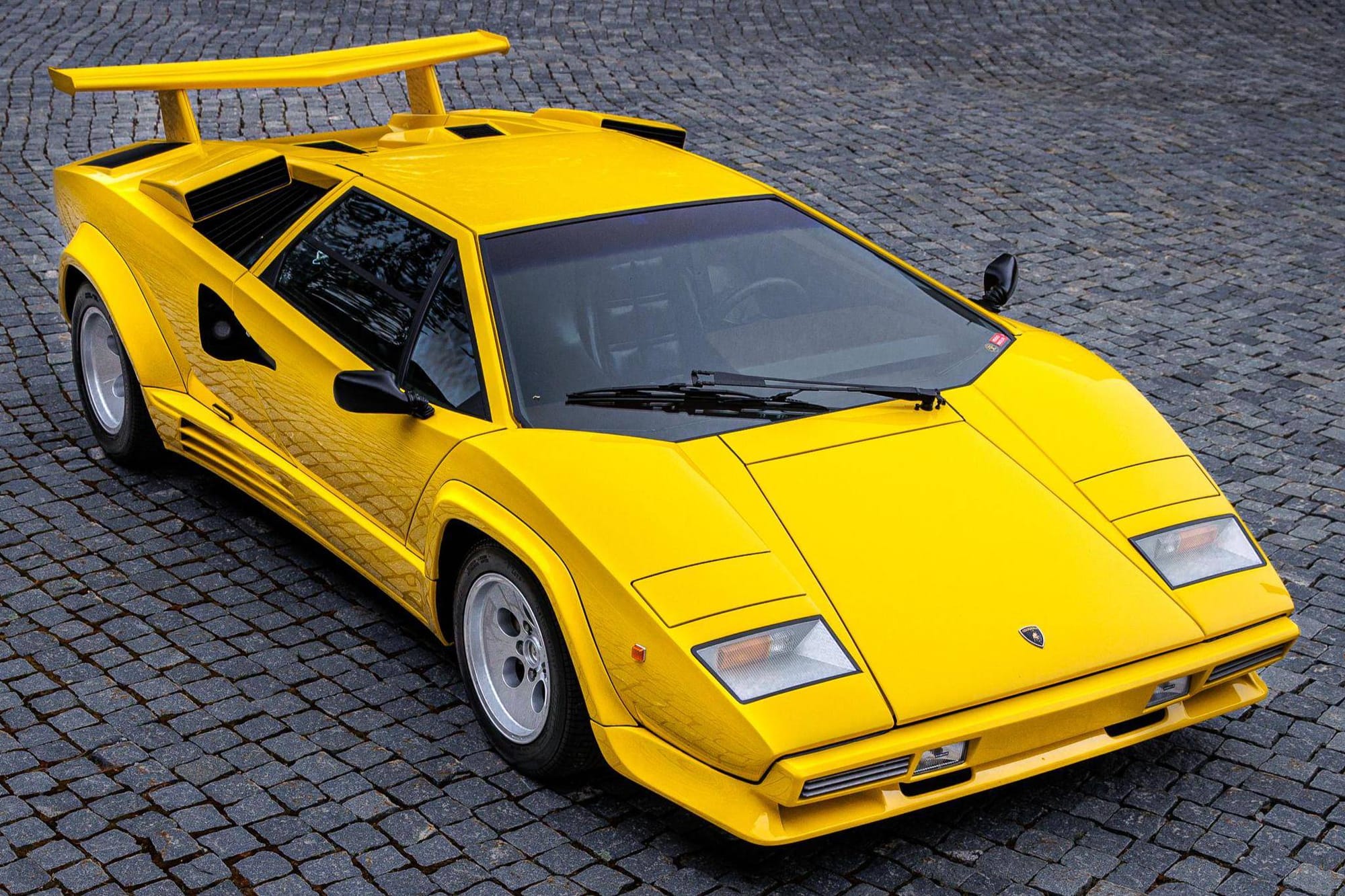
While the Lamborghini Countach may not qualify as a timeless classic, it serves as a vivid representation of its era. Its distinctive wedge shape has attained iconic status, and its boxy geometric design exudes a subtle yet captivating charm, adorning what is arguably one of the most legendary supercars of all time.
Ferrari F40
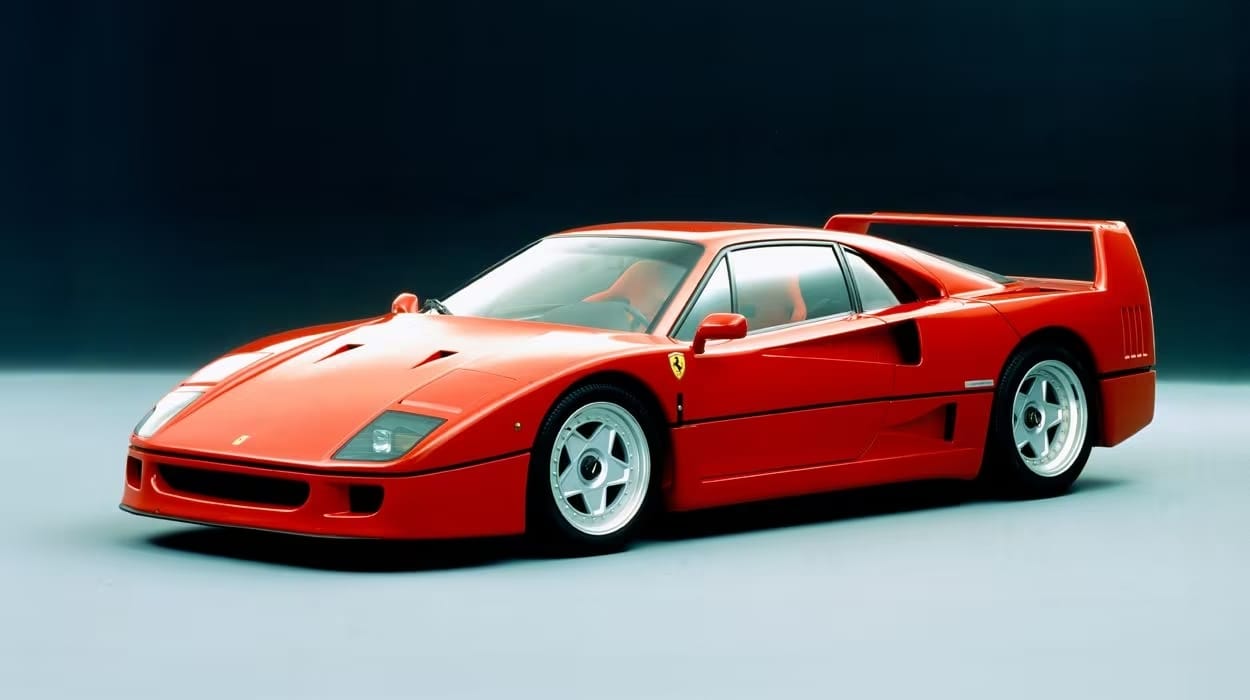
Ferrari took a different approach than Porsche with the F40, focusing on a twin-turbo V-8 and a lightweight body design rather than packing it with advanced technology for top speed. What's made the F40 endure in the hearts of Ferrari enthusiasts is its simplicity: no driver aids, power brakes, or hydraulic assists under the hood. It demands the full attention of the driver, making it a genuine driver's car in an era when supercars were becoming heavier and more complex.
McLaren F1
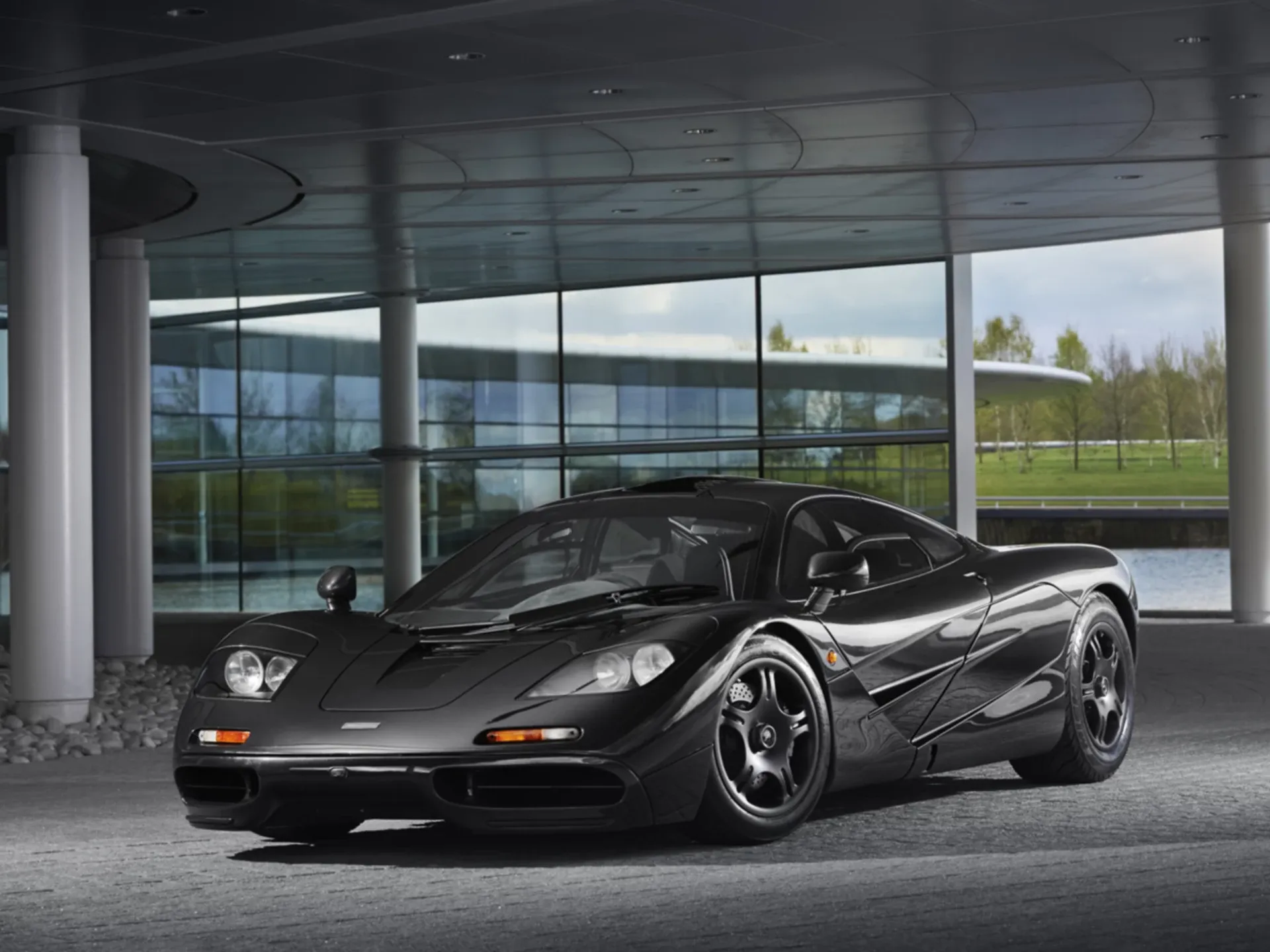
Talking about complexity, the McLaren F1 dominated the supercar scene for years by setting new street-legal speed records, surpassing well-known Italian and German rivals. Its success was largely due to its relentless pursuit of technological excellence. Powered by a finely tuned BMW-sourced V-12 engine and boasting exceptional aerodynamics and extensive use of carbon fiber, the F1 reached speeds exceeding 240 mph, setting a standard unmatched by many other supercars for the next 15 years. In essence, the F1 became the iconic supercar of the 1990s, offering a high performance without requiring as many compromises from its fortunate owners.
Koenigsegg CCR
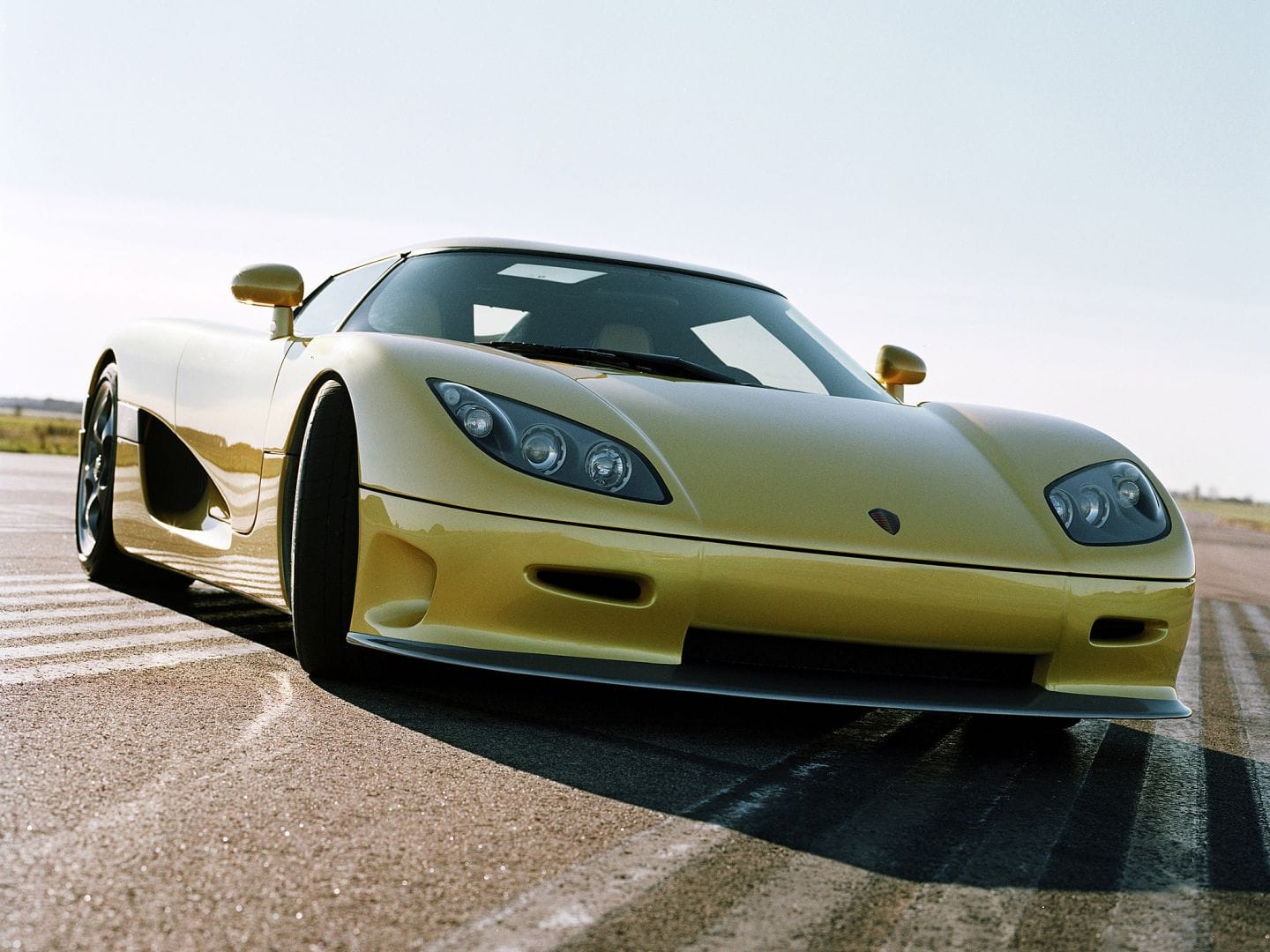
Koenigsegg's rise is a remarkable tale in the world of supercars, driven by the vision of its founder, Christian von Koenigsegg, and supported by the Swedish government's belief in challenging the dominance of established automotive nations. The CCR marked a turning point, gaining recognition for Koenigsegg and proving its commitment to engineering excellence. Unlike other boutique brands, Koenigsegg aimed for longevity, striving to surpass 240 mph. Notably, it took the considerable resources of the Volkswagen Group to surpass its top-speed achievements.
Pagani Huayra
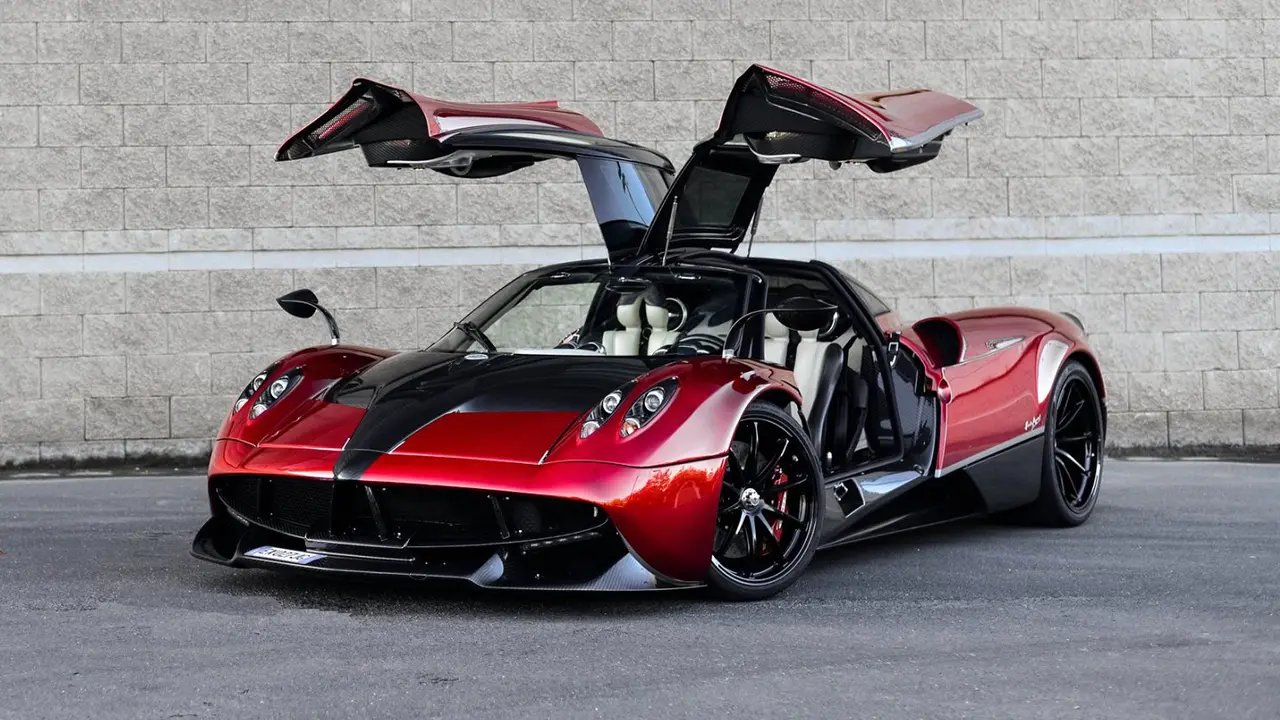
The Pagani Huayra is a finely crafted Italian supercar, showcasing Horacio Pagani's expertise in car design. Serving as the successor to the iconic Zonda, the Huayra boasts extensive use of carbon fiber and titanium. Every component is meticulously crafted in-house at Pagani, resulting in exquisite attention to detail that captivates the eye.
Maserati MC12
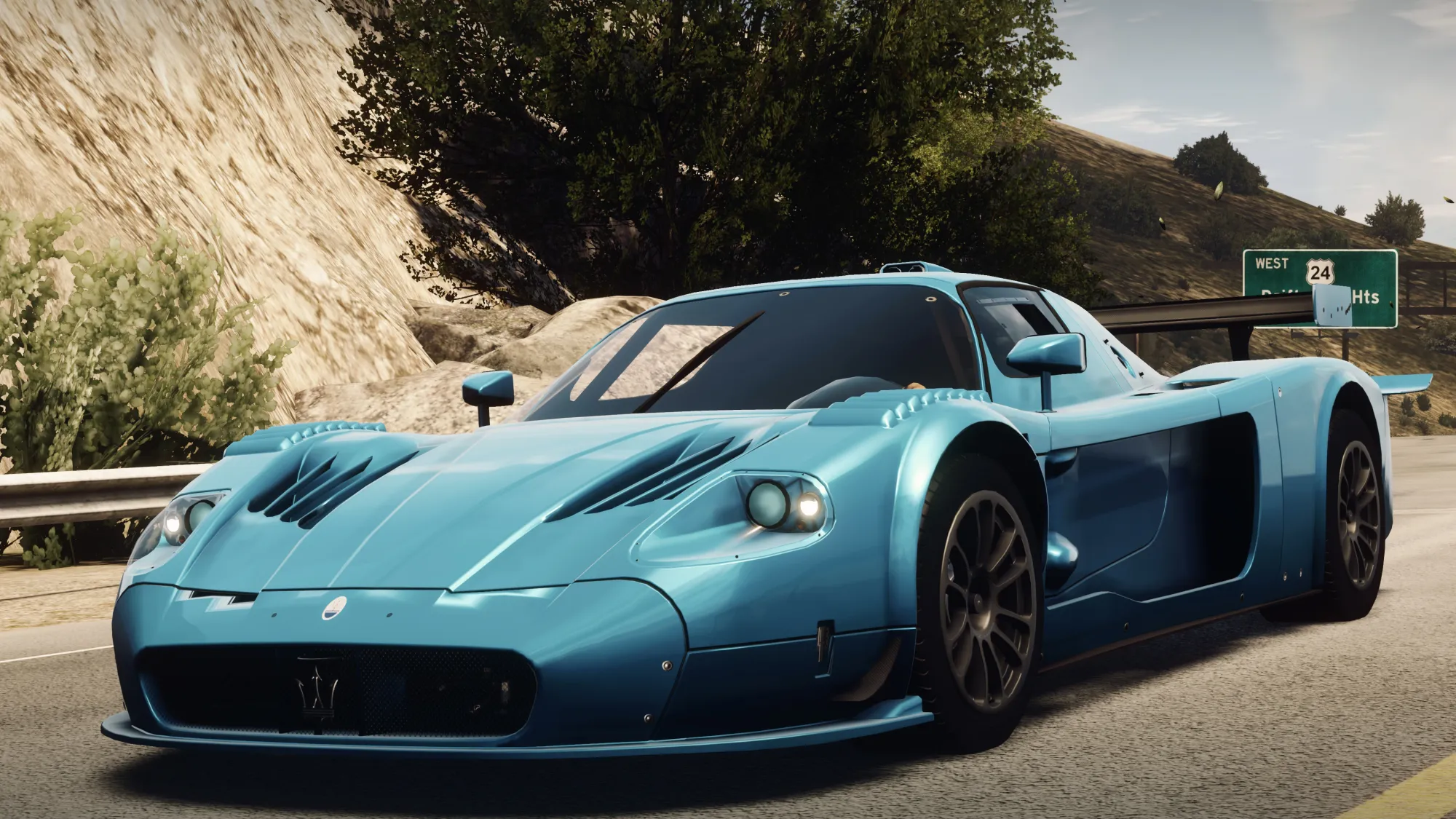
The MC12 often goes overlooked, despite being essentially a reimagined Ferrari Enzo. Some argue it outshines the Enzo itself. Its track-focused elements add to its allure, making it a captivating sight whenever one crosses paths with it.
Ford GT
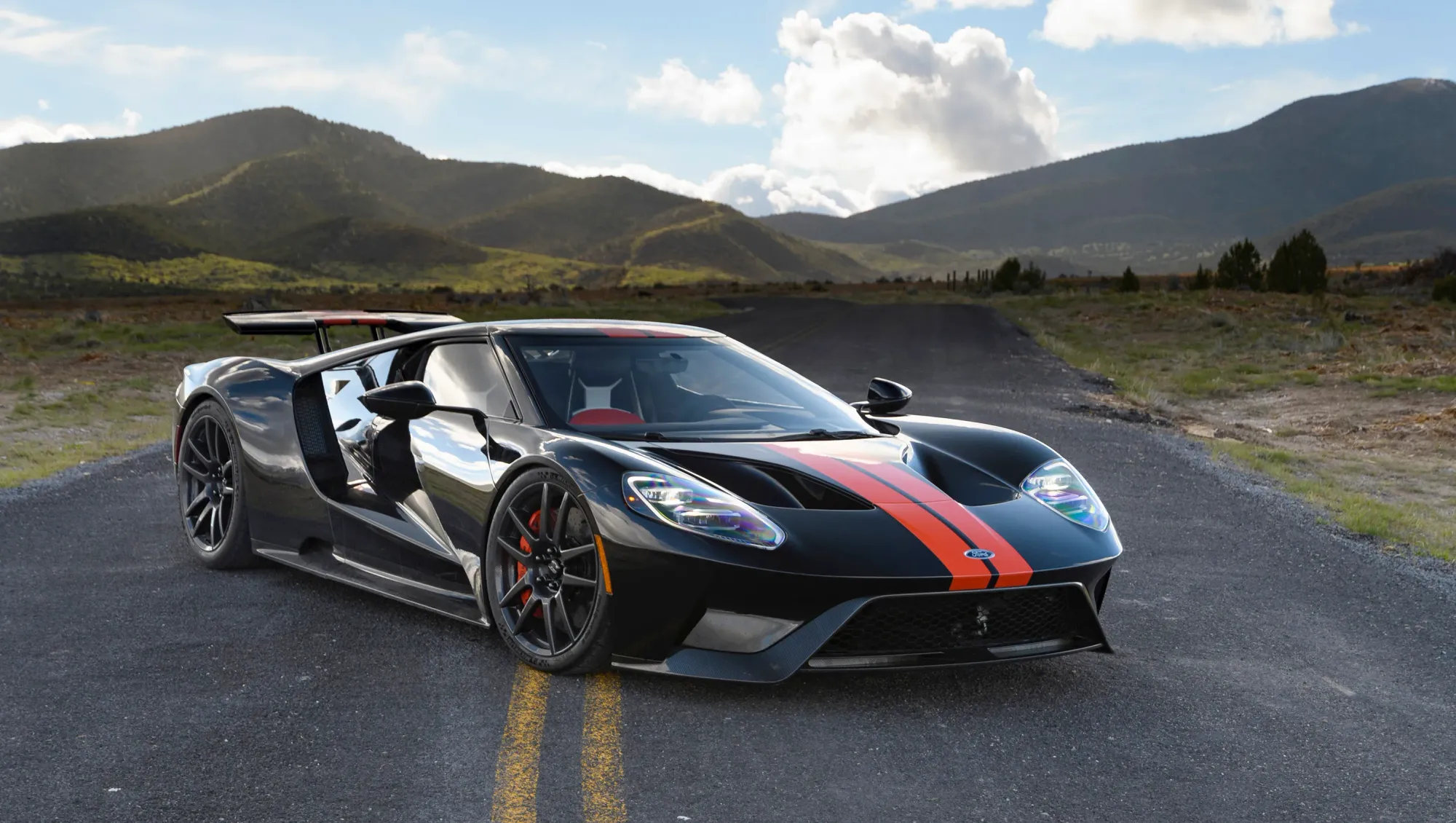
Ford made a bold move with its Ford GT, drawing inspiration from its iconic Le Mans-winning GT40 race car. This mid-engine powerhouse, boasting 550 horsepower, surprised the automotive world, especially coming from Detroit. Its unmatched performance left competitors like GM and Chrysler trailing, securing Ford's dominance throughout the 2000s. Notably, the Ford GT became the first production car from Ford to surpass 200 mph, paving the way for even faster successors in the following decade.
Bugatti Veyron
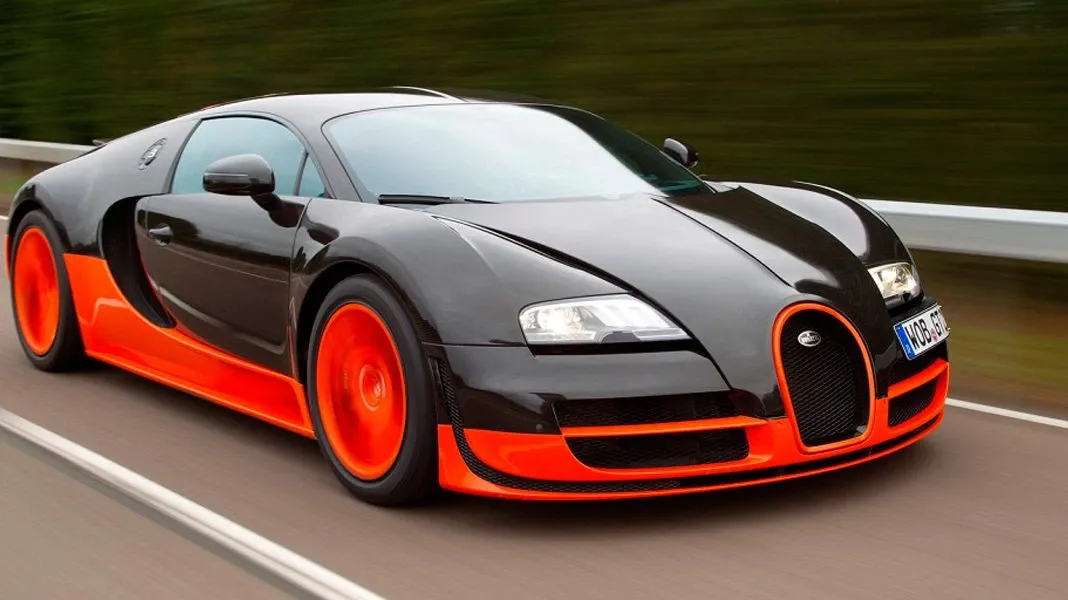
The Bugatti Veyron, along with its successors the Chiron and Super Sport, revolutionized the concept of supercars, even coining the term "hypercar." Everything about the Veyron was monumental: from its massive 16-cylinder engine and four turbochargers generating over 1,000 horsepower to the staggering cost of its tires. These features translated into an astonishing top speed of 250 mph, firmly establishing Bugatti as the leader of the pack in the 2000s, setting the benchmark for its competitors to aspire to.





